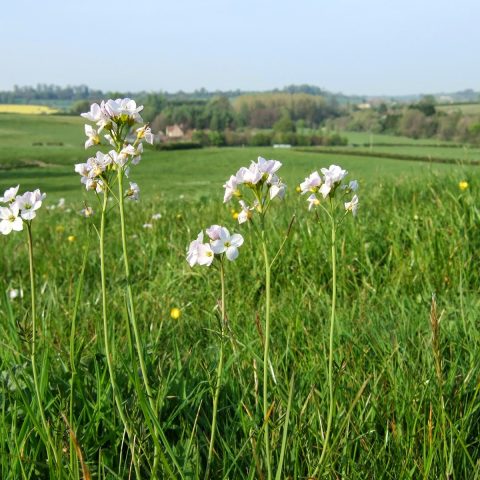Our story
Moffat Community Nature reserve was once a working quarry. It's now a haven for wildlife and a wonderful place to explore for local people and visitors to Moffat.
The old weigh-bridge is now part of a wildflower meadow, and the sand pits have become wildlife pools. Old quarry sites are renowned for being great for wildlife, and our is no different. There are all kinds of species on site, and here are just a few that catch the attention of visitors:
Birds: little grebe, lapwing, tufted duck, teal, mute swan, sedge warbler
Insects: cucumber green spider, orange-tip butterflies, small tortoiseshell butterflies, dragonflies
Plants: we have willow, oak, hawthorn, alder; wildflowers, including ragged robin, star of Bethlehem, germander speedwell and many others; and some brilliant mushrooms in autumn!
We have lots of regular visitors, including fantastic volunteers. These include Young Rangers and summer activities for children. Some of the exciting and educational things they get up to include learning about bird calls and talking to birds; dissecting owl pellets; clearing overgrown paths and adding warning signs; pond dipping; rebuilding and repainting the hide after vandalism; replacing ripped or weather-damaged posters; fixing spy flaps in the hide and painting welcome signs.
Our advice
Every project has its setbacks. One of ours was vandalism of the hide. It was in an awful state, with the sides ripped off. We used this as an opportunity for the community to come together and repair it, paint it and enjoy it once more. A sense of community ownership over small parts of the reserve like a hide can help prevent future vandalism too.
A really important part of our reserve is getting kids and young people out to explore and learn. Connecting with nature when we're young helps us care more about it and work harder to protect it as we get older, because we realise its importance both as something beautiful in our local area, and as part of the global web of ecology and climate.
Our metrics
The number of visitors to the reserve.
The number of events, clubs and activities we host.
Species we see on site.






